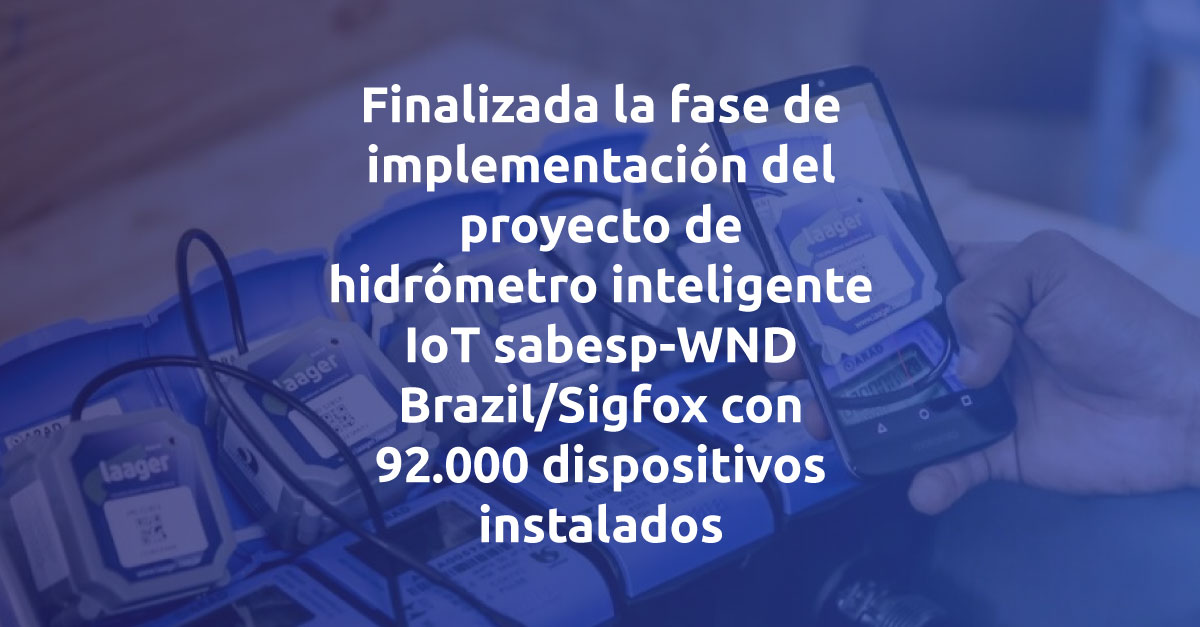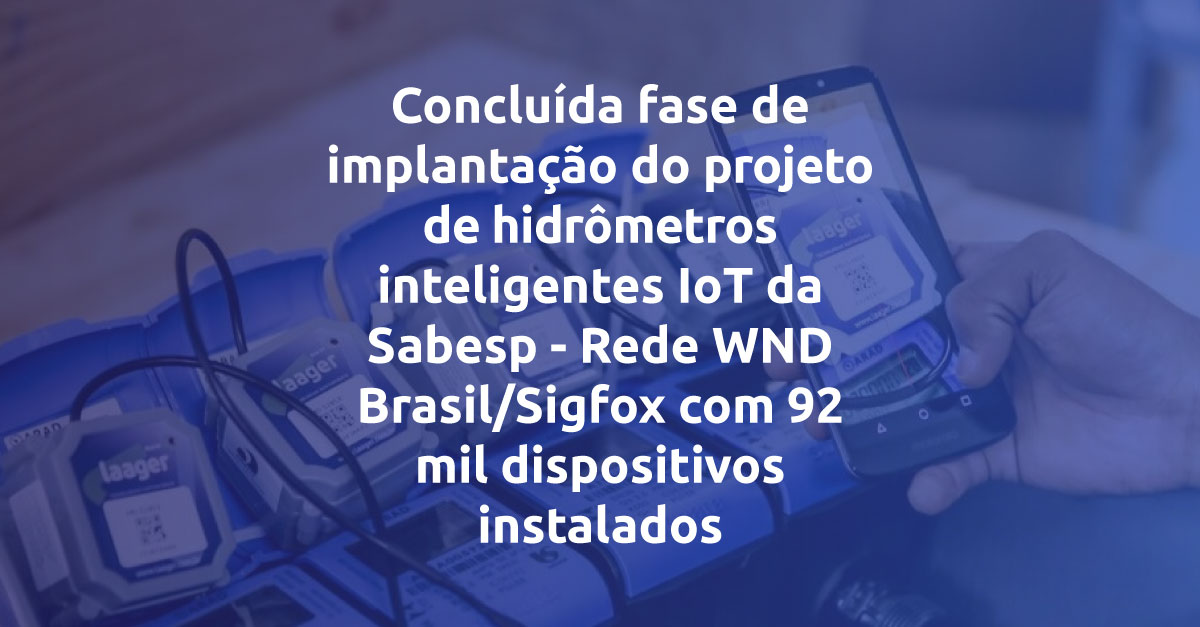The ‘wearables’ buzzword has been around for a few years now. From Google Glass and Fitbit to the Apple Watch and HoloLens, we’ve seen a great deal of innovation from leading vendors.
However, hype is a fickle beast and it might seem to many like the wearables flame has burnt out. Indeed, excitement surrounding the notion of ‘wearables’ has faded somewhat; but rather than dying completely, it has been replaced with a more focused examination of specific verticals and how they stand to benefit from the technologies on offer. Smart patches and fitness devices have the potential to revolutionise the healthcare sector, for example.
Virtual and augmented reality technologies are being applied across almost every environment – from the classroom to boardroom; and the military is finding new applications for smart clothing.
The ‘wearables’ buzzword might have lost some of its sheen, but the technologies behind the hype are alive and well. Mobile operators alone shipped a total of 24.7 million wearables worldwide last quarter, up 17.9 per cent year over year.
The battery bottleneck
Despite the exciting direction that the industry is heading in, battery technology continues to be the primary bottleneck in the evolution of wearables. The reality is that batteries have simply not managed to keep pace with the technology they power and this limitation is stifling progress. Many wearable devices, such as the Apple Watch, overcome these limitations by tethering to smartphone; but this is far from ideal for obvious reasons.
There is great work being done in battery research. The laws of capacity versus size and weight are being challenged, with flexible, thin-film batteries now a reality. A variety of cutting edge materials are being trialled with breakthroughs happening on an almost daily basis.
However, the law of diminishing returns still dictates that there will always be trade-offs when powering wearable devices; and so rather than simply focus on the limitations of the power source, it is important to attack the problem from both sides. Ultra-low power architectures are critical to the success of wearables and this requires a system-level design approach. From the display and the radio, to the MCU and sensors, each component must be able to provide low leakage when off, low power draw when in standby and high efficiency when in use.
The humble radio
As the Sigfox Operator for the UK, WND’s focus is – of course – the radio function. The reality is that many wearable devices simply don’t require access to a high bandwidth network. People don’t want to watch 4K movies on their fitness trackers, after all.
Sigfox uses Ultra Narrow Band (UNB) radio technology that operates in the unlicensed spectrum. Radio messages handled by the Sigfox network are small thanks to lightweight optimised protocol. Unlike most cellular devices, objects are not attached to the network unless they are in use. Sigfox’s unique network architecture also removes much of the complexity, allowing resource-heavy tasks to be handled in the cloud, rather than at device level. This architecture, combined with the lightweight protocol, drastically reduces energy consumption.
Sigfox radio modules also provide a very low sleep current, resulting in staggering efficiency for devices that do not need to consistently transmit data. In fact, using a Sigfox radio module to transmit one command message and one keep-alive message per day, as well as occasional alarms, can result in a single AA battery lasting up to 10 years.
With little power comes great responsibility
This is an extreme example, but it demonstrates the capabilities of the Sigfox network. Machina Research estimates that Low Power Wide Area (LPWA) technologies such as Sigfox could result in a five-fold increase in battery life for wearable applications.
That is why networks such as Sigfox are quickly establishing themselves as the backbone of the Internet of Things. Machina Research estimates that there will be 3 billion LPWA connections by 2025.
Of course, the network and the underlying radio technologies are just two very small pieces of a much larger puzzle. Battery R&D is at the top of the agenda for many vendors and we are starting to see what the future might look like; but in order for wearables to become truly pervasive, we must – as an industry – continue to take a holistic approach in addressing the limitations presented to us and focus on how to best use what little power we have.


